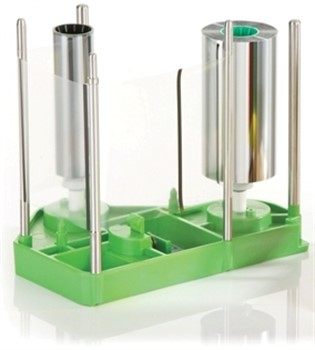 Loading... Please wait...
Loading... Please wait...Shop by Product
What is Retransfer Technology in Printers?
Posted on 30th Jan 2014
Retransfer, or Reverse Thermal Image Transfer, is an ID card printing method. During this two-step process, the ID card’s text and images are printed on a flexible laminate retransfer film, which is then thermally bonded to the card using

the printhead.
Retransfer printers have two replaceable components: printer ribbon and laminate transfer film. The ribbon comes in a yellow, magenta, cyan and black resin format and prints text and images by mixing the colors in a dye sublimation process. Once printed on the laminate transfer film, the image is affixed using heat and pressure.
This process is significantly different than Direct to Card (DTC) printing, which is a commonly used technology for desktop card printers. Using this method, users print directly on the card using the thermal or wax ribbon.
Due to limitations in the printing technology, traditional DTC printing leaves a white border around card edges in order to protect the printhead from damage. Retransfer technology, however, eliminates this problem. As the laminate transfer film is slightly larger than the size of a regular ID card, it is possible to use an “over-the-edge” printing method to cover the entire surface area of the card.
Retransfer Technology & ID Card Quality
Retransfer printing is believed to improve the overall quality of the ID card, as the bonded image is made of a durable material that lengthens the life of the card. Some Retransfer printers offer the option to include additional security images, including holographic overlays. Consistency of card production also improves with Retransfer technology. Using traditional
Retransfer printing is also thought to preserve the longevity of the printer, as the printhead never makes contact with the card itself. Even minute imperfections on PVC card edges can damage a printhead using DTC printing. This type of printhead damage can be eliminated using Retransfer technology, however, resulting in a more efficient and inexpensive printing process.
Retransfer printing can be used on ABS, PBC, Hybrid and PET cards. Since the laminate is thermally bonded to the card’s surface, even cards with irregular surfaces, such as smart cards, can benefit from consistent photographic image quality with no blank spaces. The process results in higher image quality overall, producing full-color, full-bleed images.




